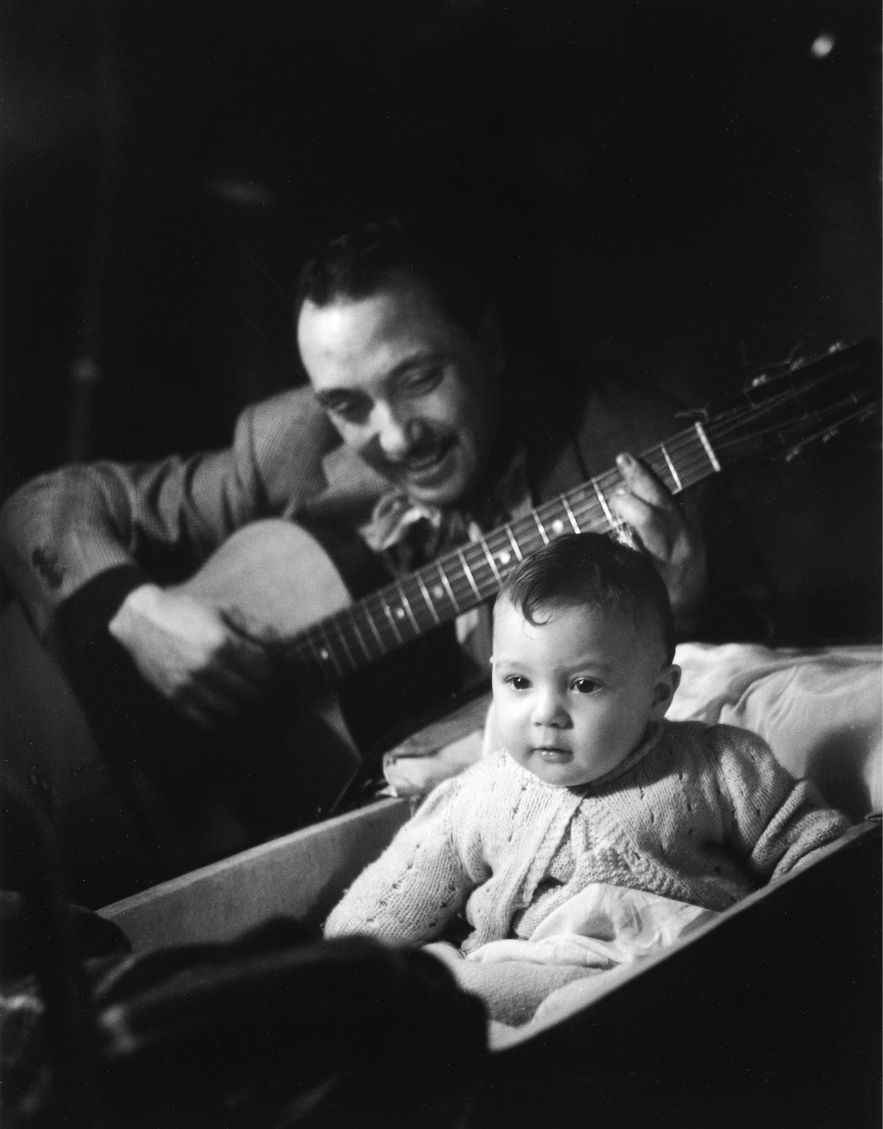The photographic destiny of Willy Ronis has played out in very few things. Born in Paris in 1910 to Jewish parents who had emigrated from Eastern Europe, he was introduced to music very early on by his father, a native of Odessa, an opera enthusiast, and his mother of Lithuanian origin, a pianist. Little Willy Roness (he adopted the surname of Ronis at the end of the war) was put on the violin at the age of 7 and his detestation of music theory was equaled only by his disconcerting ease in deciphering scores. His teenage dream: to become a composer. “I wanted to write music, not be a performer,” he confided shortly before his death at the age of 99. As a young adult, while performing every evening at the Ledoyen restaurant on the Champs-Elysées and discovering Duke Ellington at the Salle Pleyel, he composed tirelessly, until his father, seriously ill, entrusted him with the management of the photographic studio. which he holds, boulevard Voltaire. The musician dreaming of innovative staves finds himself armed with a goal. The image stretches out its arms to him; he will know how to grasp it.
It is this ambivalent career that the museum of Pont-Aven, in Finistère, sheds light on in an exhibition built with the Médiathèque du patrimoine et de la photographie (MPP), an institution which works under the aegis of the Ministry of Culture, and is in particular in charge of the archives of the photographic heritage of the State. The Willy Ronis fund contains 19,000 prints, 108,000 negatives and 9,000 slides. “The photographer prepared his donation to the State in 1983 and confirmed it in his will in 2006, preferring the sustainability of his fund to its dispersion on the market”, explains Sophie Kervran, director of the museum and curator of the exhibition alongside by Camille Armandary, documentary filmmaker within the institution, and by Ronan Guinée, in charge of collections at the MPP.
Willy Ronis, “Carnival, boulevard Garibaldi, Paris, 1955”.
/ © Donation Willy Ronis, Ministry of Culture, MPP, diff. NMR-GP
Willy Ronis has had ups and downs. Just before the war, there was his father’s bankrupt workshop and his activity as a freelance photographer, with illustrations of the capital in support, where his committed gaze worked wonders, as when he immortalized the Popular Front’s victory parade. July 14, 1936. Ten years later, after a parenthesis in Nice where, Jewish, he fled, and during which he met his future wife Marie-Anne Lansiaux, painter and communist, he joined the Rapho agency. The press is reborn and Ronis marks it with his eye focused on the human figure. He remains faithful to the seven notes, photographing fairgrounds and jazz cellars, punctuating his photos like scores: “The movement of street scenes, for me, is counterpoint. In counterpoint, musical beauty is born of simultaneous unfolding of several phrases emitted by various instruments.”

Willy Ronis, “Django Reinhardt and his son, Paris, 1945”.
/ © Donation Willy Ronis, Ministry of Culture, MPP, diff. NMR-GP
Whether he captures Django Reinhardt’s tenderness for his son in 1945 or the unbridled fervor of a 14 July ball on Île Saint-Louis in 1961, the fraternity loves Ronis’s objective: “As a committed communist, he participated in his own way in the fight to advance human rights towards a more just world”, underlines Ronan Guinea. A process not always understood. While his peers – the Brassaïs, Cartier-Bresson or Doisneau – never left their notoriety, he only reemerged during the 1980s, gradually becoming an essential figure in French photography. “I show what must be preserved”, hammered, by way of credo, the one who has never stopped listening to his little inner music.
